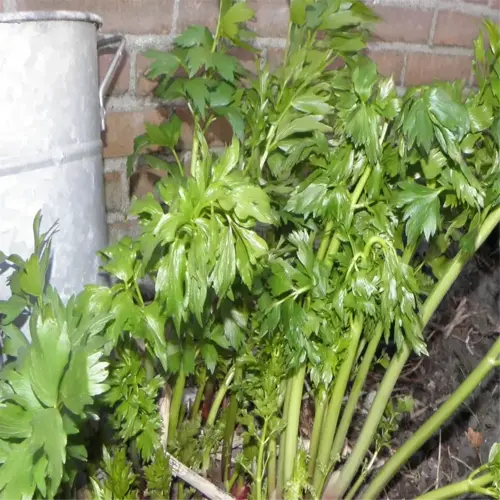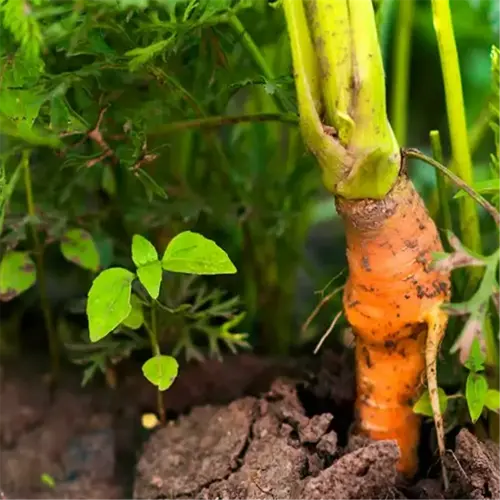Do cherry trees require a pollinator?

Written by
Michael Sullivan
Reviewed by
Prof. Martin Thorne, Ph.D.Self-fertile cherry trees can set fruit without a pollinator. I've grown two types - ‘Stella' and ‘Lapins' - and found ‘Stella' to be the more reliable of the two for setting fruit alone. For non-self-fertile types, such as ‘Bing,' purchase a compatible pollinator and make certain it's within 50 feet (15 meters) of the tree. In the case of my neighbor's cherry tree, they had little production until they added a ‘Rainier' cherry nearby, which significantly improved the harvest.
Self-Fertile Varieties
- Examples: 'Stella', 'Lapins', 'Sweetheart'
- Yield: Full crops without cross-pollination
- Best for: Small gardens or single-tree orchards
Cross-Pollinating Pairs
- Popular pairs: 'Bing' + 'Rainier', 'Van' + 'Stella'
- Spacing: ≤50 ft (15 m) for bee efficiency
- Yield boost: Up to 60% more fruit
Pollinators, especially bees, move pollen between flowers to promote fruit and vegetable production. Ultimately, a cold or rainy spring can disrupt their work. I plant dill and marigolds each year to create something for the pollinators. Pesticides during blooms can reduce the amount of time pollinators will visit. If there are not many bees, I will hand-pollinate flowers, usually using a soft paintbrush.
Inspect nursery tags for pollination requirements. Dwarf rootstocks such as 'Gisela 5' will dwarf the tree but do not affect fertility. When selecting cherries check the bloom dates as overlapping blooms will pollinate the tree. My ' Van' cherry and 'Stella' bloom together, giving me a 5-day windowfor cross-pollination.
Read the full article: How to Grow Cherry Trees From Seed or Sapling

